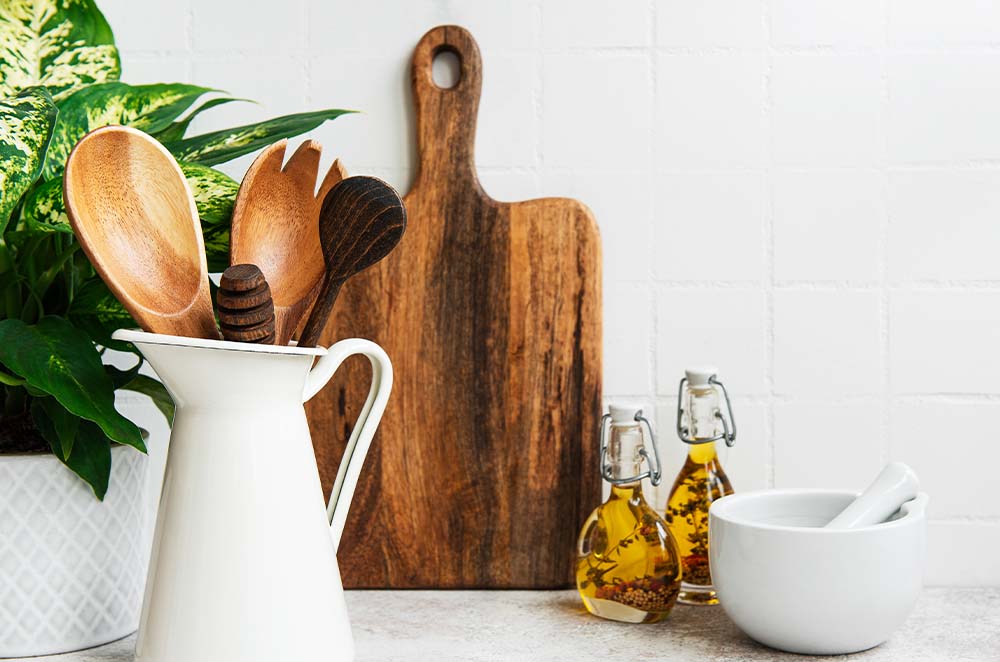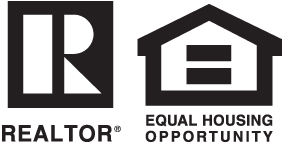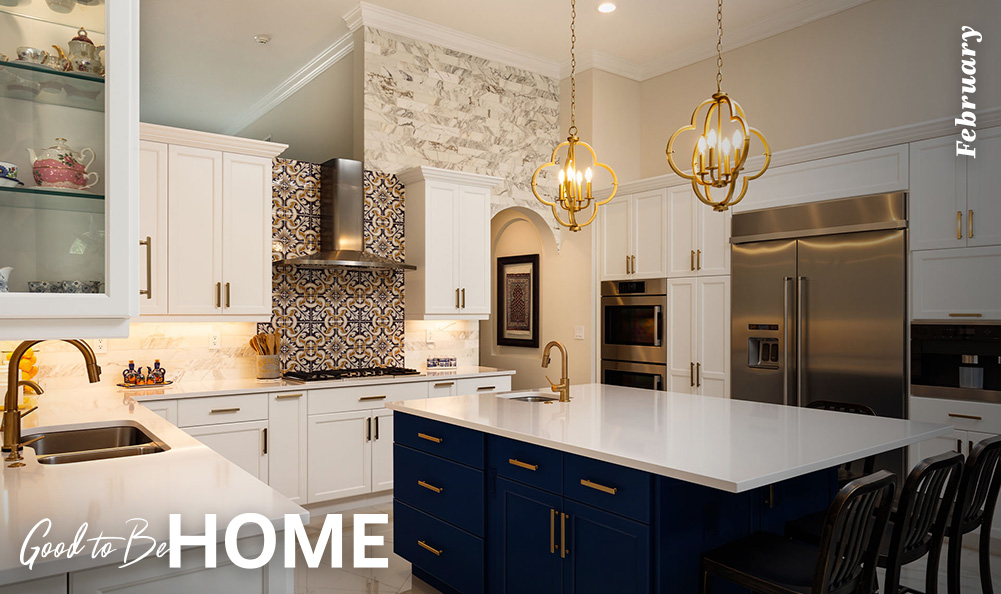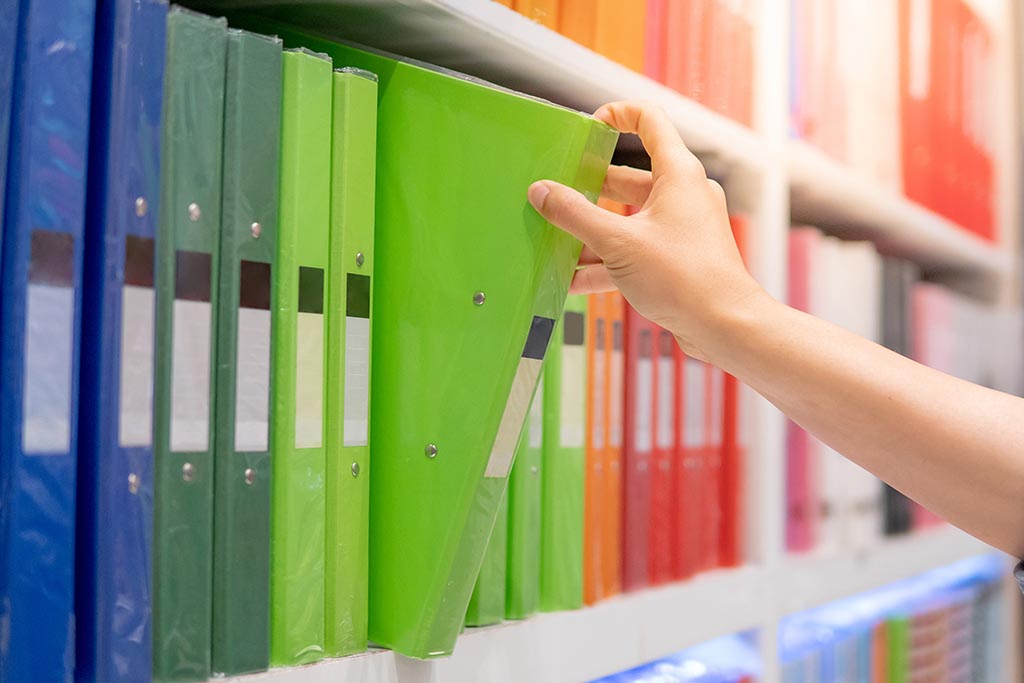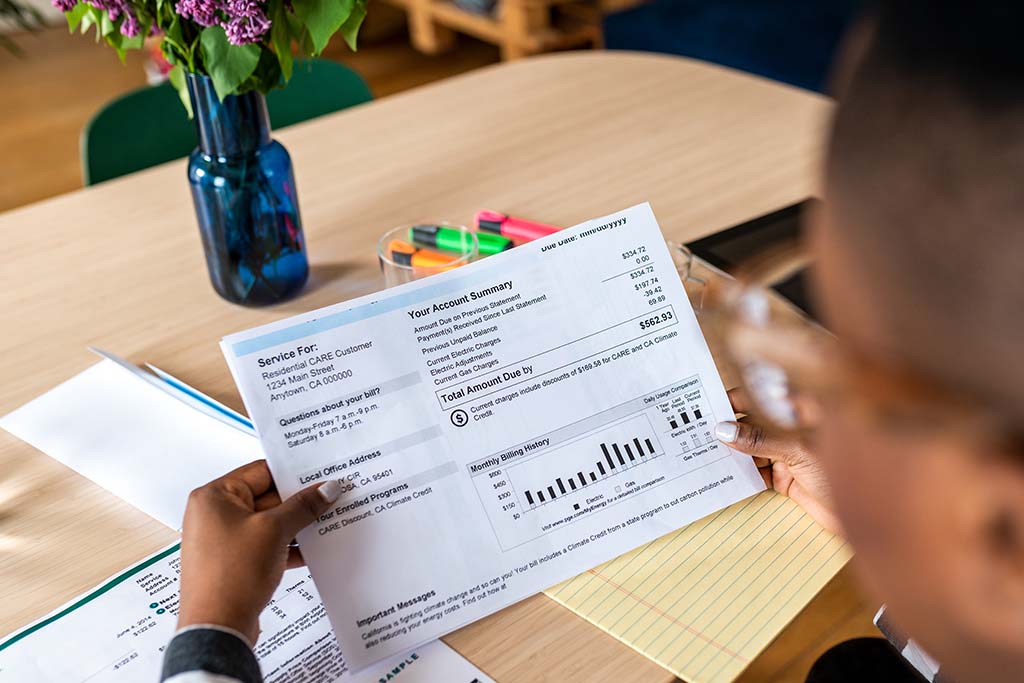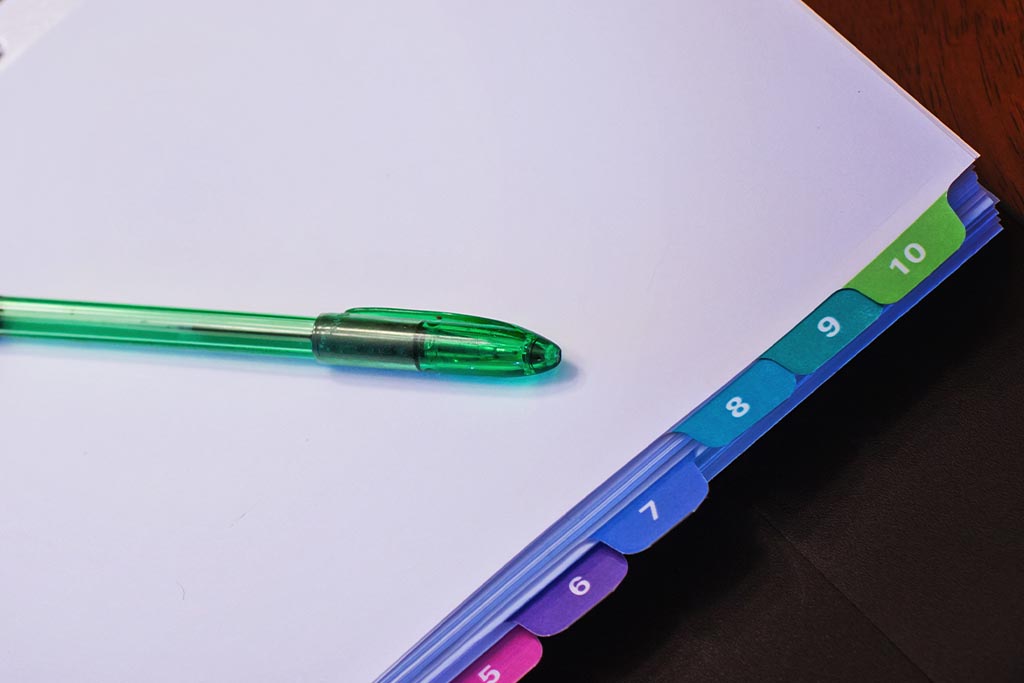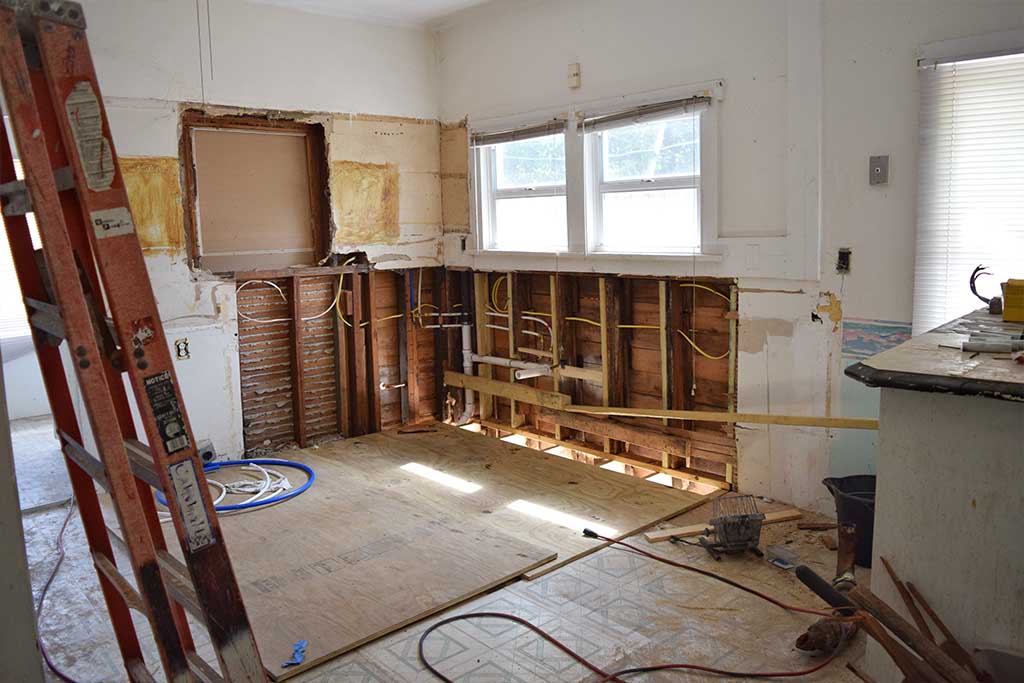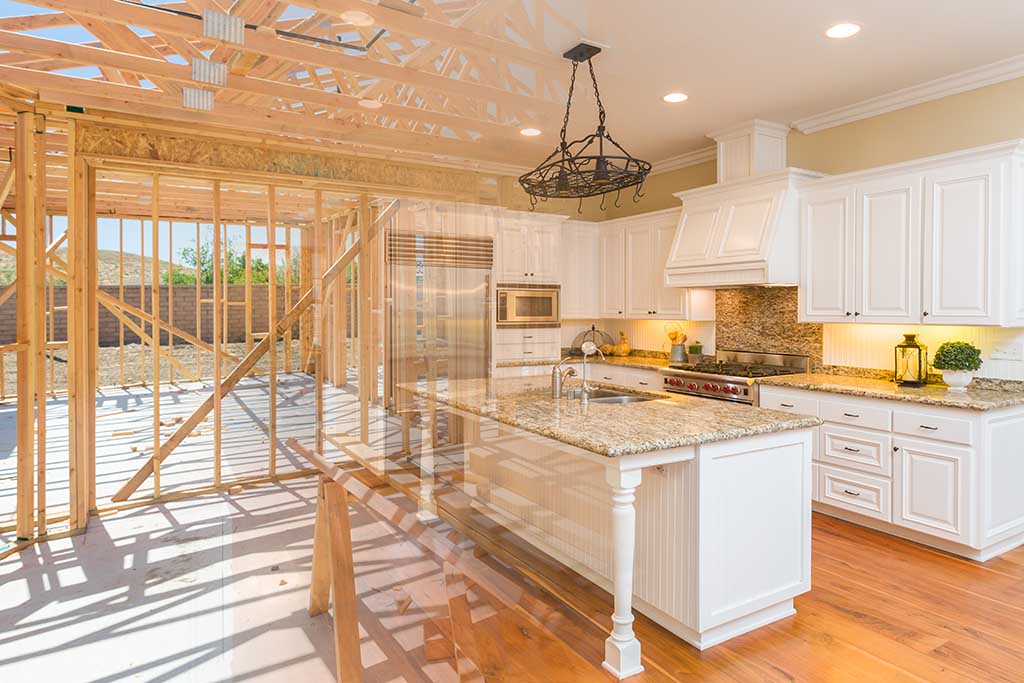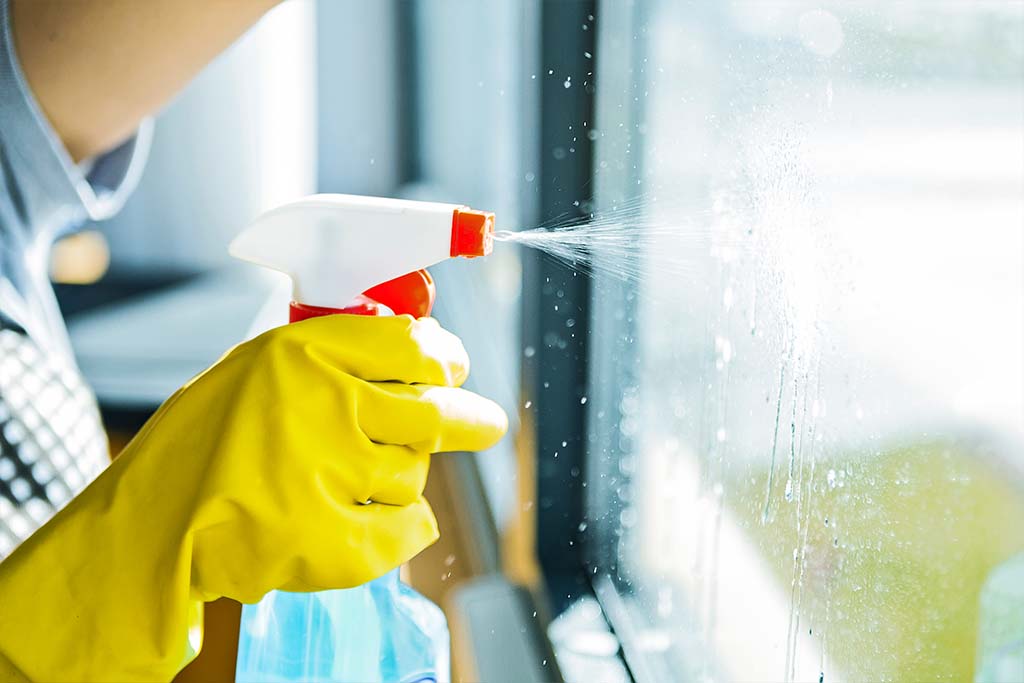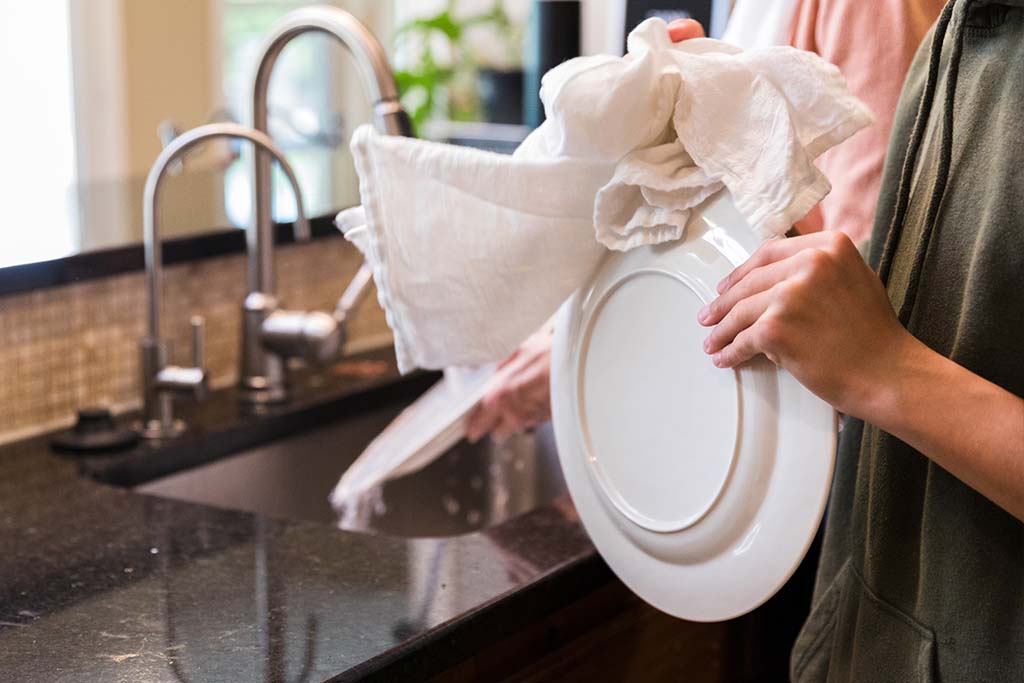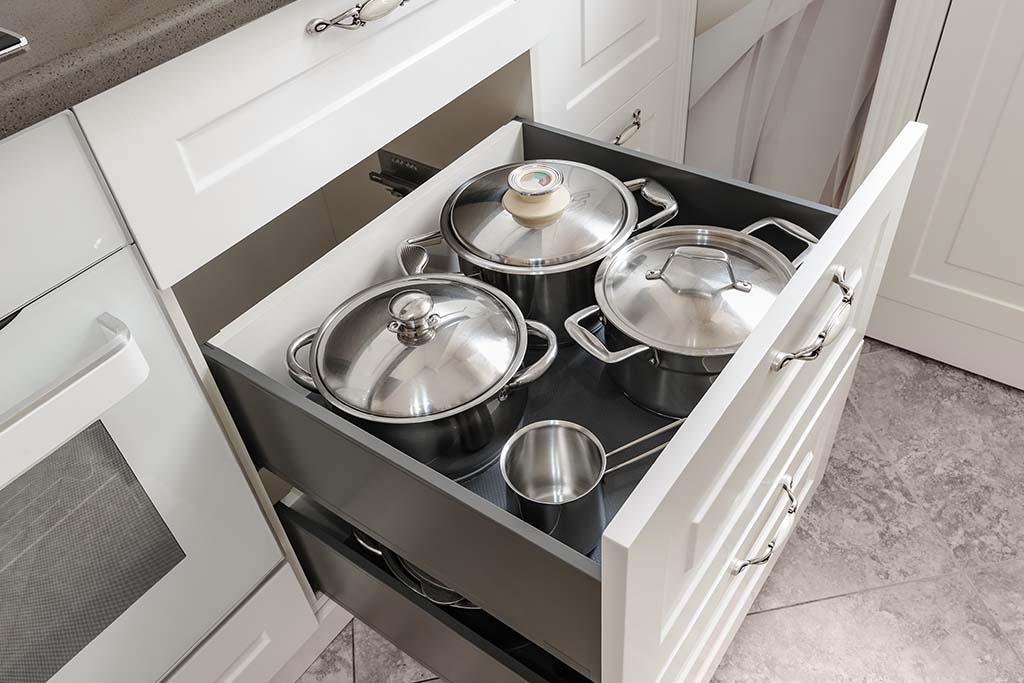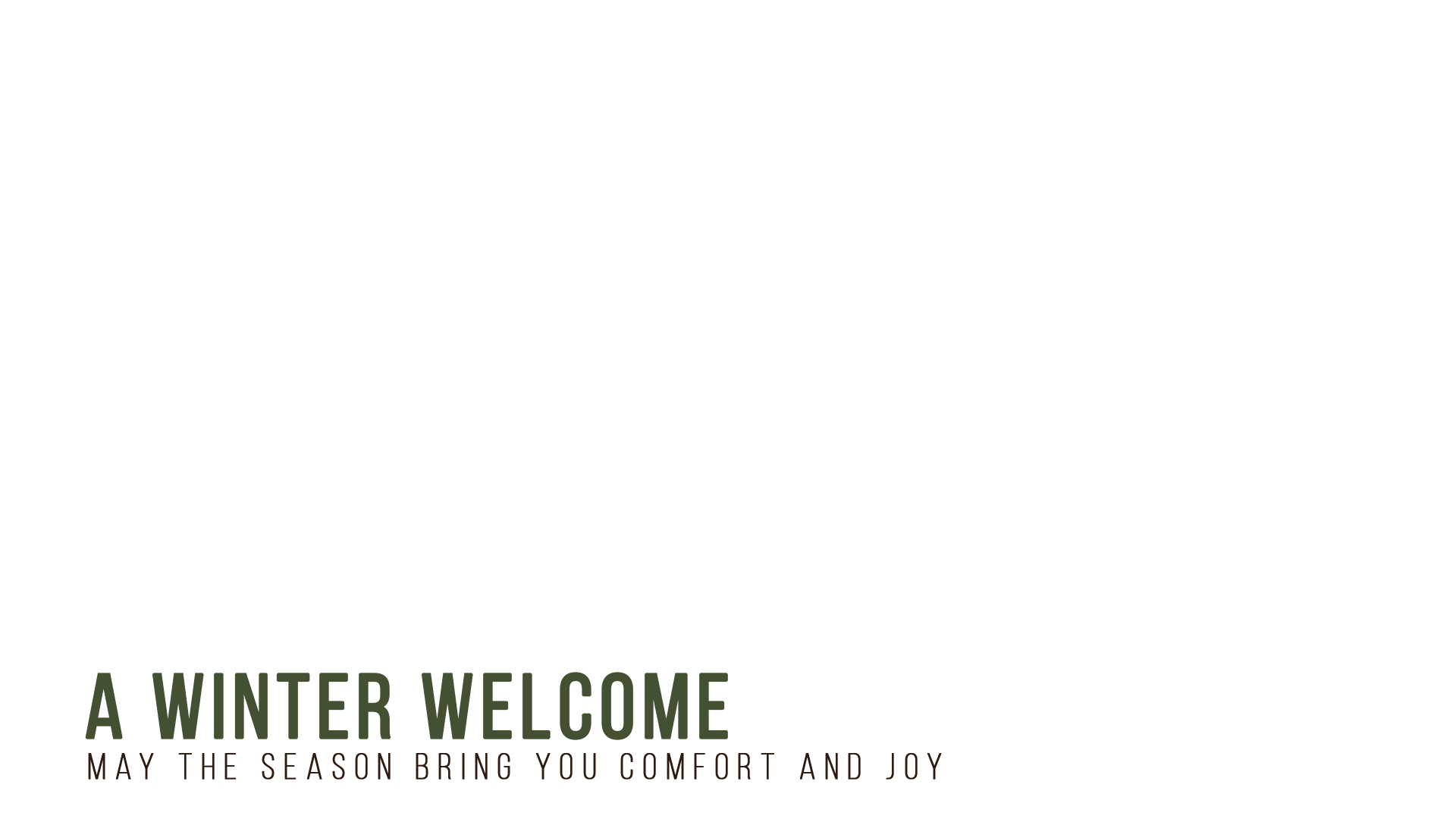Array
(
[0] => Array
(
[item_type] => address
[content] => Array
(
[label] => Office
[addressee] => Helena Office
[address1] => 555 FULLER AVE STE 2
[address2] =>
[city] => HELENA
[state] => MT
[zip] => 59601
)
)
[1] => Array
(
[item_type] => address
[content] => Array
(
[label] => Office
[addressee] => Townsend Office
[address1] => 321 1/2 N Broadway
[address2] =>
[city] => Townsend
[state] => MT
[zip] => 59644
)
)
[2] => Array
(
[item_type] => address
[content] => Array
(
[label] => Office
[addressee] => Philipsburg Office
[address1] =>
[address2] =>
[city] => Philipsburg
[state] => MT
[zip] => 59868
)
)
[3] => Array
(
[item_type] => website
[content] => Array
(
[label] =>
[value] => MostWantedRealEstate.NET
)
)
[4] => Array
(
[item_type] => website
[content] => Array
(
[label] =>
[value] => MostWantedMagazine.NET
)
)
[5] => Array
(
[item_type] => social_media
[content] => Array
(
[label] =>
[value] => Facebook.com/MostWantedRealEstate
)
)
[6] => Array
(
[item_type] => social_media
[content] => Array
(
[label] =>
[value] => Instagram: @mostwantedrealestate
)
)
)
?>
Are you looking to get your home and life organized in 2022? If so, you’ll want to create your own home-management binder. This organizational tool can help you track home tasks and expenses, store contact information for neighbors and contractors, keep details—such as paint colors and furniture choices—in one place, and note where certain items are kept in your home.
While a home-management binder can be extremely helpful, there are a few documents you’ll want to keep more secure. For example, deeds and insurance policies are best kept in a fireproof box or a safe-deposit box. You can keep duplicates of these documents in your binder for quick reference.
Supplies you’ll need
These items will be helpful in assembling and organizing your binder:
-
- Large three-ring binder
- Hole punch
- Divider tabs
- Pens, markers, stickers
- Pocket folders
What to store
Maintaining a home and keeping it organized involves a lot of information, so it can be tough to keep track of everything. This is where your newly created organizational system will come into play.
Dates and to-do lists
Note appointments and important to-dos on your binder’s calendar pages. You can design your own or find free ones online to print. Use your calendar to schedule chores you need to tackle, such as doing laundry, mowing the lawn, and cleaning the gutters, or you can note when service professionals will be completing certain tasks for you.
You can also add to-do lists to help you manage these tasks. You might want to include checklists for weekly duties such as cleaning the house and changing bedsheets, monthly chores such as paying bills, and seasonal activities like yard work or decorating for the holidays.
Documents
Once you’ve created your home-management binder, you can use it to store documents, information, and other paperwork associated with running your home. Here are a few examples of what to store:
-
- When you purchased your home and the name of your real estate agent
- Contact information for your home insurance provider
- Names, addresses, and phone numbers for your gas, electric, cable, and internet companies
- An inventory of your belongings and where they are stored
- Home maintenance schedules and contracts
- Names and phone numbers for neighbors and contractors
- Favorite stores and websites for purchasing home items
- A wish list of home products
- Design and decor ideas
Budget and bills
This new organizational tool will be handy for tabulating your weekly, monthly, or yearly expenses. These outlays might include payments for utilities (such as gas, water, and electricity), cleaning supplies, home maintenance and cleaning services, pest control, and landscaping or gardening services. It can be helpful to write down when bills are due and when they are paid.
Add folder pockets for storing receipts for home purchases, such as new furniture or maintenance services. These payment records serve as proofs of purchase for warranties, or if you want to know when or where something was purchased and what date a service was performed.
Project plans
If you are planning any home improvement or maintenance projects, you can create a section in your binder to store your budget and estimated costs, tasks to complete, contractor names and availability, planned start dates, projected timelines, product information, and fabric and paint swatches.
Family data
One of the best parts of keeping a home-management binder is that it can grow and evolve as your needs change. You can add to your binder to include other important pieces of information, such as grocery or shopping lists, meal plans, health and medical data, your family member’s schedules, and your children’s school and class information.
Organize your binder
Once you have the basics down, you can use your supplies to organize and beautify your binder. Add tabbed dividers to separate your papers and folders into sections, such as for your calendars/schedules, receipts, and inventories. If you color-code each section, you will be able to locate what you are looking for quickly. Experiment with pens of various colors and stickers to highlight things of note in your binder. If you discover that you need more room for your information, expand your new organizational tool by including extra sections, folders, and binders.
Unrealistic Renovation Expectations from Reality TV



